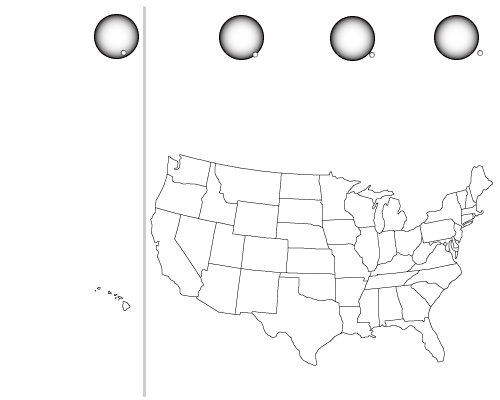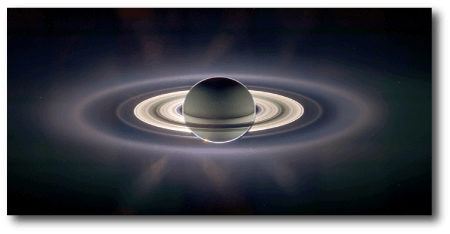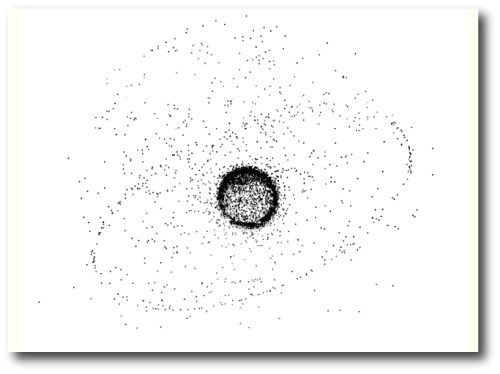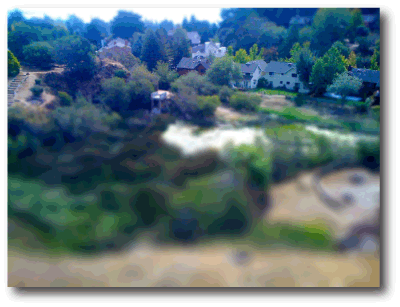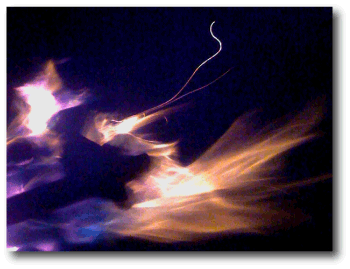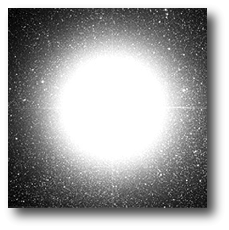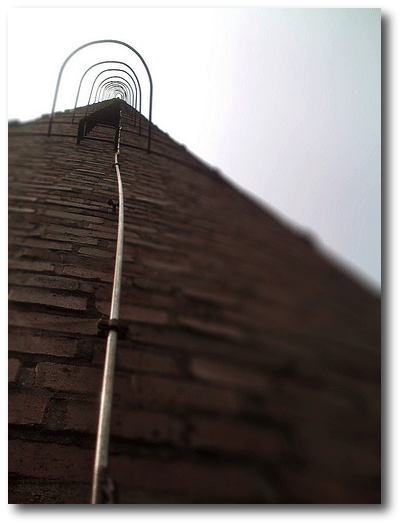
At first glance, through a telescope, Venus looks like it just might be habitable. Earth-like mass. Earth-like size. Close to the Sun, yes, but the white clouds reflect most of the incident sunlight.
A lifetime ago, it was perfectly reasonable to imagine that swampy Devonian-era conditions prevail on Venus. In his remarkable book, Venus Revealed, David Grinspoon recounts an expert opinion voiced by the Nobel-prize winning chemist Svante Arrhenius in 1918:
The humidity is probably about six times the average of that on Earth. We must conclude that everything on Venus is dripping wet. The vegetative processes are greatly accelerated by the high temperature, therefore, the lifetime of organisms is probably short.
There’s definite allure to the watery Venus meme. C.S. Lewis does an interesting treatment in Perelandra. I’ve always liked Ray Bradbury’s vision of Venus in The Long Rain:
The rain continued. It was a hard rain, a perpetual rain, a sweating and steaming rain; it was a mizzle, a downpour, a fountain, a whipping at the eyes, an undertow at the ankles; it was a rain to drown all rains and the memory of rains. It came by the pound and the ton, it hacked at the jungle and cut the trees like scissors and shaved the grass and tunneled the soil and molted the bushes. It shrank men’s hands into the hands of wrinkled apes; it rained a solid glassy rain, and it never stopped.
Frustratingly, just as the prospect of interplanetary travel was evolving into a concrete engineering problem, Venus’ spoilsport nature was revealed. In the late 1950s, Venus was observed to be glowing brightly in the microwave region of the spectrum (see, e.g. this article). The immediate — and ultimately correct — interpretation is that the microwaves are the long-wavelength tail of blackbody emission from a lead-melting surface, but at that time, the situation was not entirely clear. Even as the first astronauts were orbiting the Earth, one could optimistically chalk up the Venusian microwaves to phenomena in its ionosphere. (See, for example, this 1963 review). The space race, the cold war, the whole twentieth century would have unfolded very differently had Venus been Earth-like beneath its inscrutable clouds.
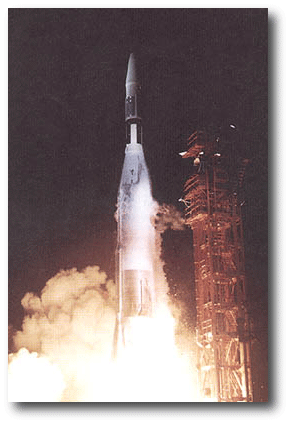
August 27, 1962 — Launch of an Atlas Agena B with Mariner 2: Destination Venus.
The microwave radiometer on Mariner 2 brought a quick end to fading hopes of a habitable Venus. Here’s the link to the baleful 1964 summary of the mission results. With the equally bleak assessment of Mars courtesy of Mariner 4, genuinely habitable extraterrestrial worlds in the solar system were a no-go. The space race fizzled out. Now we’re looking at retro-futuristic voyages to the Moon in the 2020s and dreaming of Alpha Centauri.
Speaking of which, two recent theoretical papers have come down on the pro-planet side of the ongoing terrestrial-planets-orbiting-Alpha-Centauri debate. In an article that’ll be on astro-ph within the next day or so, Payne, Wyatt and Thebault suggest that outward migration of planetary embryos in the Alpha Cen B protoplanetary disk can provide a mechanism for circumventing the problems associated with habitable planet formation in the binary environment. In the second paper (posted to astro-ph earlier this year) Xie and Zhou argue that a modest inclination between Alpha Cen A’s proptoplanetary disk and Alpha Cen B’s orbit can also tip the balance quite significantly in favor of terrestrial planet accretion around A (and with similar logic applying to planet formation around B).
Last November, in the comments section to the Alpha Cen Bb post, I was asked:
What do you think the odds now are of there being a planet somewhere in the Alpha Centauri system?
I answered:
Hazarding a guess, I’d say 60%. A better answer might be, “High enough to warrant mounting an inexpensive (in comparison to most other planet-search efforts in operation or contemplation) ground-based search.”
I’d like to raise those odds to 68.3%.




